„As artists and researchers from different artistic genres, we recognise a strong need to understand the way in which we can add to our creative work and, by exploring new technology, go beyond the borders of our individual disciplines to find that what we could call „a state of the art.“
Markus Wintersberger, lecture about Wearable Theatre, c-tv conference UAS 2015 (https://www.youtube.com/watch?v=uMFiB_I8iRI)
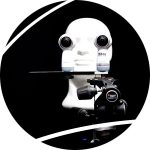 |
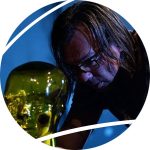 |
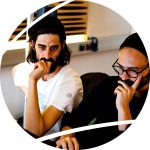 |
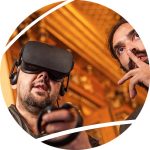 |
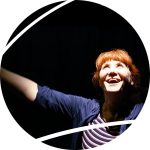 |
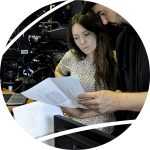 |
The research project Wearable Theatre. The Art of Immersive Storytelling (duration: 01.04.2017 – 31.03.2020) explores the connection between 360° storytelling with the media-artistic use of wearable devices and VR (virtual reality). VR-storytelling is an amplifier for immersion and empathy. The emotional reality of both the actor and the User will interact and traditional storytelling will be transformed into an immersive VR experience.
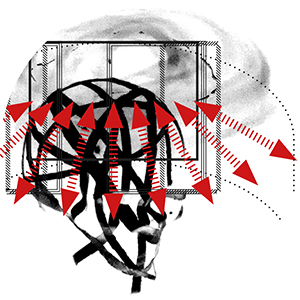 LITERARY BASIS
LITERARY BASIS
The aim is to make the 360° VR medium accessible and utilizable as an experiential form for literary material. Authors using an existential atmospheric kind of narration have been chosen as the initial point of the twelve-part series of experiments: Fjodor M. Dostojewski, Albert Camus and Max Frisch. Key scenes of the first-person novels “Homo faber”, “Demons” and “The Fall” provide the foundation for the dramaturgic and technical process of adaption for character, scenic and structural adaption into a 360° VR script.
- Homo Faber by Max Frisch tells the story of Walter Faber whose rationally oriented world-view is shattered by chance and his past. In Greece, his lover Sabeth is bitten by a poisonous snake and collapses. She is rushed to hospital by Faber. There he meets his former love Hanna and learns that Sabeth is his daughter.
- In Demons by Fyodor Dostoevsky, Stavrogin, confessing to a monk, tells of his taking sexual advantage of a downtrodden and vulnerable 11-year old girl – Matryosha – and then waiting and listening as she proceeds to hang herself.
- The Fall by Albert Camus explores themes of innocence, imprisonment, existential crisis and truth, through the anti-hero Jean-Baptiste Clamence, who avoids hindering the suicide of a woman. Many years later, Clamence draws a stranger into a discussion of his former life, increasingly trying to manipulate his attention.
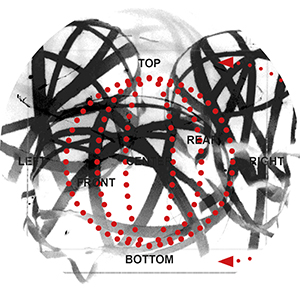 EXPERIMENTAL SETTING OF 360° STORYTELLING
EXPERIMENTAL SETTING OF 360° STORYTELLING
The research project identifies and structures aesthetic variables applying them to 12 experimental settings (10 experiments and 2 showcases), each focusing on a specific aspect of VR sensory experience. The aim is to merge the aesthetic variables with narrative in order to utilize the visual, acoustic and atmospheric potential of 360° VR and to produce a unique immersive VR art experience.
POINTS OF DEPARTURE FOR THE PROJECT OBJECTIVES IN YEAR 1: The 360° camera is static and will not be moved. Venues and locations are static spaces. There will be no editing within a scene.
- EXPERIMENT 1 – FIGURE AND CHARACTER IN 360° VR: The VR narrative possibilities of the protagonists will be worked out.
- EXPERIMENT 2 – MENTAL STATE OF THE FIGURE AND SCENIC SITUATION IN 360° VR: The connection of the mental state of the protagonist to the scenic situation in a 360° VR scenario will be explored.
- EXPERIMENT 3 – 3D SOUNDSCAPES IN 360° VR: The acoustic-dramatic perception of the User will be examined.
- EXPERIMENT 4 – SCENERY IN 360° VR: Exploring the utility of a recognizable space versus a theatrical or ambiguous space for 360° VR storytelling.
POINTS OF DEPARTURE FOR THE PROJECT OBJECTIVES IN YEAR 2: The 360° camera is both static and in motion. Settings and locations are static spaces and in themselves mobile environments (e.g. a car). There is no editing within a scene.
- EXPERIMENT 5 – EXPLORATION OF MOVEMENT IN 360° VR: The effect of a static 360° camera positioned on a moving stage or in a mobile space will be explored.
- EXPERIMENT 6 – 360° CAMERA CONNECTED TO THE MOVEMENT OF THE ACTOR: This experiment investigates 3 different possibilities of camera movements.
- EXPERIMENT 7 – USING POINTS OF ATTENTION TO INTERACT WITH THE USER: The interactive possibilities between the User and the dramatized 360° VR experience will be examined.
- EXPERIMENT 8 – LIGHT AND SHADOW IN 360° VR: Experiments will be made with VR lighting conditions.
POINTS OF DEPARTURE FOR THE PROJECT OBJECTIVES IN YEAR 3: Aims are the interlinking of the existing elements to narrative sequences, controlling the aspect of time in VR – storytelling, and exploring the perception and emotional reaction of the user through melding, editing and montage as explored in the various experiments.
- EXPERIMENT 9 – MELDING VISUAL MONTAGE IN 360° VR: The focus is on the examination of soft editing, merging and the smooth transition of two or more VR-situations.
- EXPERIMENT 10 – FRACTURED REALITY IN 360° VR: The fracturing of reality and hard cutting from one VR-scenario to another will be examined.
- SHOWCASE 1 – EXPERT ADVISORS: The interlinked sequences and selected experiments will be evaluated related to their effect and mutual reaction by a panel of expert advisors.
- SHOWCASE 2 – PUBLIC PRESENTATIONS: The results will be made public within the framework of an official presentation.
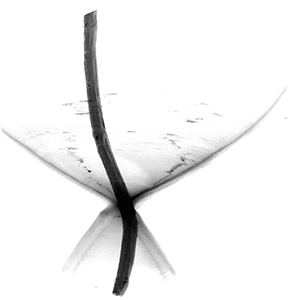 RELEVANCE OF THE TOPIC
RELEVANCE OF THE TOPIC
The relevance of our research is implicit in the need to analyse the current trend of storytelling with the ever increasing vocabulary of VR media technology. The intention of the research is to develop a Wearable Theatre prototype (Ex. 11 – 12) based on a 360° VR shooting script, necessitating the development of modified and expanded narrative forms, artistic options and technological possibilities.
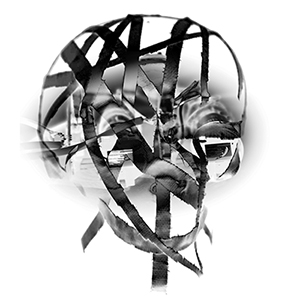 KEY RESEARCH QUESTIONS
KEY RESEARCH QUESTIONS
- How can literary material, especially „first person narratives“ be transferred into VR-space, and which deductions can be made from the dramatic feedback as to VR-storytelling in general?
- How would a prototype of a 360° VR shooting script look, and to what extent do the Points of Orientation and Points of Attention have to be preconceived and linked to the dramatic events by the author in order to make intelligible production possible?
- What are the aesthetic variables of 360° VR-storytelling and how can they be used by directors, actors, set-designers and media artists to serve the narrative?
- How must the Points of Orientation and Points of Attention be organised in order to create a fluid, rhythmic and distraction-free narrative experience?
- Which technical limitations are inherent in 360° VR-production and how must the interfacing between camera operator, director and actor be organized in a 360° shooting script?
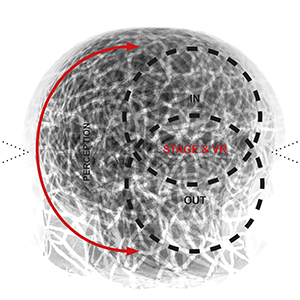 METHODOLOGY
METHODOLOGY
Each selected literary sequence will be broken down according to the situational conflict and the possible tangible narrative perspectives. The aim of the resulting text templates (360° scripts) is to orient the User in the 360° VR-space and to link the User to the narrative. For this purpose, technical solutions for the production of 360° VR shooting scripts will be developed. At the end of each year, the emotional transfer of the experimental sequences in a 360° VR-space will be assessed by an expert advisory panel.
„From a literary and media artistic view, the gained information is supposed to make new perspectives and narrative patterns in VR dramaturgy accessible. It is going to initiate an independant artistic form of expression, perception and experience – the experience of a Wearable Theatre.“
Markus Wintersberger
ONLINE PLATFORMS
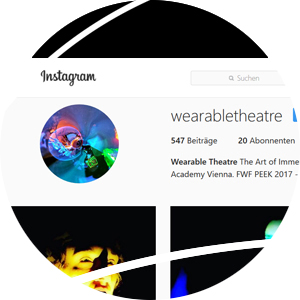 |
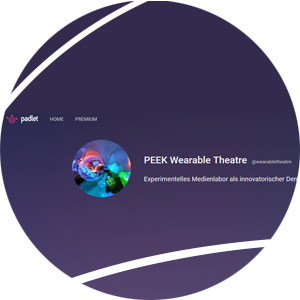 |
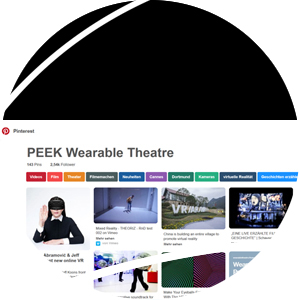 |
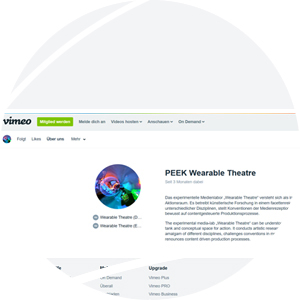  |
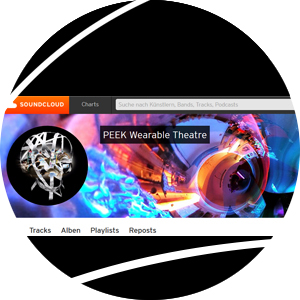  |
 |
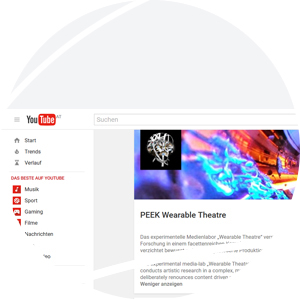 |
| instagram.com | padlet.com | pinterest.at | sketchfab.com | soundcloud.com | vimeo.com | youtube.com |
